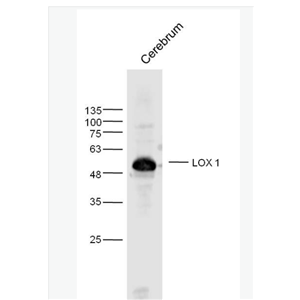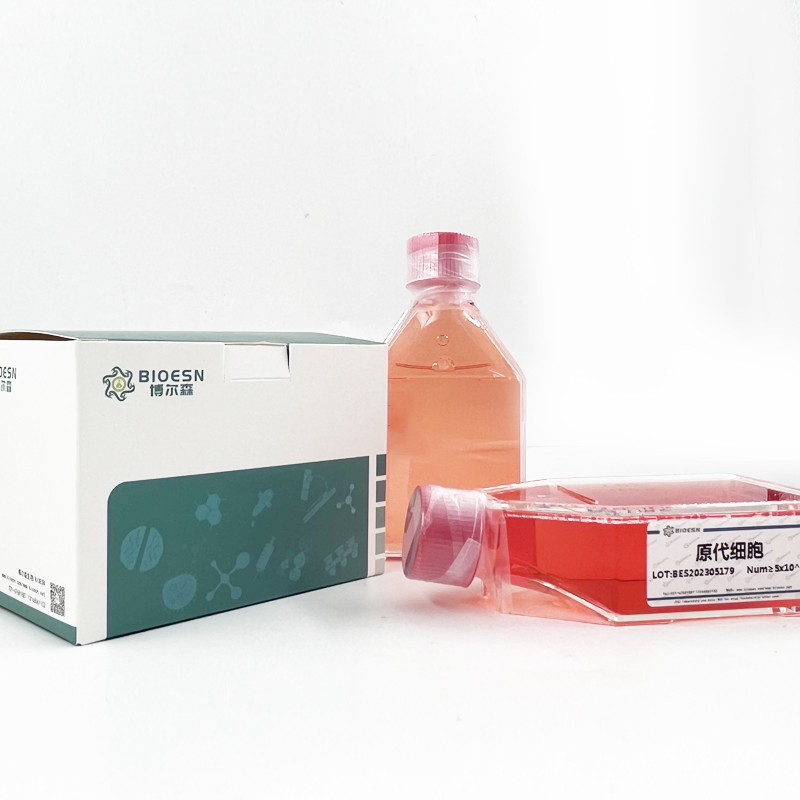Oxidized LDL in Clinical Practice.
Background:
Oxidative stress plays a critical role in many diseases. In particular, oxidation of LDL is considered a major factor in atherosclerosis development. Oxidized low-density lipoprotein (LDL) is generated when oxygen free radicals induce lipid peroxidation, a process that takes place primarily in the vessel wall. Oxidation of LDL in the vessel wall results in rapid uptake by scavenger receptors on monocyte-derived macrophages, leading to foam cell formation. Accumulation of foam cells leads to fatty streak formation that eventually leads to atheroma formation. Human carotid and coronary arteries are significantly enriched in oxidized LDL and, importantly, unstable plaques appear to be preferentially enriched in oxidized LDL. Thus, oxidized LDL is associated with and may play a causal role in many pathophysiological processes associated with human atherogenesis and acute coronary syndrome. Accumulating evidence suggest that oxidized LDL reflects the underlying atherosclerotic burden or activity and will allow more precise risk stratification and prognostication in high-risk populations that may allow physicians the ability to intervene sooner in the disease process and reduce mortality and morbidity from cardiovascular disease.
Clinical utility:
LDL-cholesterol has been consistently confirmed as a major risk factor for coronary artery disease (CAD) and is the basis for treatment with statins. Nonetheless, one-half of all heart attacks and strokes occur among individuals without hypercholesterolemia. Thus, additional biomarkers are needed that add incremental prognostic information to traditional lipid panels and will help clinicians stratify subjects into risk categories.
According to a well-documented study by Nina Johnston et al. in the March 2006 issue of American Journal of Cardiology, the Oxidized LDL-to-HDL-cholesterol ratio test is the most superior blood lipid test for discrimination between apparently healthy men and women, without clinical evidence of CAD, and CAD patients.
Lipid biomarkers included in the study were total cholesterol, triglycerides, LDL-cholesterol, HDL-cholesterol, total cholesterol-to-HDL-cholesterol ratio test, and the Lp-PLA2 (PLAC test).
The role of the OxLDL-to-HDL-cholesterol ratio test in the pathophysiology of atherosclerosis and coronary artery disease is easy to comprehend. OxLDL is a plaque-specific protein involved in the deposition of cholesterol into the atherosclerotic plaques, and HDL is involved in the removal of cholesterol from the plaques. Thus, the Oxidized LDL-to-HDL ratio test is an indicator of the balance between the deposition and removal of cholesterol in atherosclerotic plaques. High Oxidized LDL-to- HDL ratio test results are ominous, since they are usually associated with accelerated atherosclerosis and unstable coronary artery disease. Low Oxidized LDL-to-HDL ratio test results, on the other hand, are favourable, since they are usually associated with health and longevity.
Diagnostic strategies:
1. Standard lipoprotein profiles (TC, LDL, HDL and TG) are recommended for primary prevention in persons with multiple risk factors. However, more than one-third of the individuals who developed coronary heart disease in the Framingham study were not identified through lipid testing. Current data suggest that some of those at risk could be identified with oxidized LDL, thus enhancing the risk prediction model.
2. Obese and diabetics seem to have a prevalence of increased blood levels of oxidized LDL. Reasonable interventions such as diet, exercise and weight reduction are key elements in risk reduction, and using the oxidized LDL-to-HDL-cholesterol ratio test in addition to standard lipids testing to counsel patients could be important.
3. Current data demonstrate that in primary prevention, the oxidized LDL-to-HDL-cholesterol ratio test is useful addition to comprehensive risk assessmeant and potentially may help focus statin therapy more precisely and cost-effectively.
4. According to Johnston et al., Oxidized LDL is the best single biomarker for identifying patients with CAD, and when used in conjunction with HDL-cholesterol it is almost twice as powerful.
5. High concentrations of oxidized LDL indicate an increase in atherosclerotic plaque production, which leads to greater coronary heart disease risk.
6. At this time the oxidized LDL-to-HDL-cholesterol ratio test is another tool important for cardiac health evaluation.
Expected values:
Good practice dictates that each laboratory establishe its own expected reference range.The following reference ranges, obtained with the Mercodia Oxidized LDL ELISA assay, are currently being used by a number of medical laboratories from clinical data collected at the University of Uppsala. (Johnston N et al. Am J Cardiol 2006;97:640-645.)
Risk ranges for oxLDL U/L Risk ranges for oxLDL/HDL U/mmol
< 45 low risk <35 low risk
45 – 59 moderate risk 35 – 51 moderate risk
69 – 79 high risk 52 – 74 high risk
>79 very high risk > 74 very high risk
References:
Atherosclerosis, subclinical
Wallenfeldt K et al. Oxidized low-density lipoprotein in plasma is a prognostic marker of subclinical atherosclerosis development in clinically healthy men. J. Int Med. 2004;256:413-420.
Atherosclerosis begins in childhood and progresses silently through a long preclinical stage. Atherosclerosis usually becomes clinically apparent in middle age, and beyond. Oxidized LDL measurements can be useful in detecting the early, asymptomatic stages of atherosclerosis, when treatment may prevent the complications of atherosclerosis. In this prospective, observational study, with more than 3 years of follow-up, the progression of ultrasound-assessed atherosclerosis (IMT) in carotid arteries was measured at baseline and after follow-up. Plasma OxLDL levels and conventional cardiovascular risk factors were measured at study entry. Plaque occurrence and size were assessed (plaque status). Plasma OxLDL was measured by a specific monoclonal antibody, mAb-4E6 (Mercodia Oxidized LDL ELISA). OxLDL at entry, but not LDL cholesterol, was associated with the number and size of plaques at follow-up. This study underscores the utility of circulating OxLDL as a prognostic marker for subclinical atherosclerosis and this study extends our knowledge of the importance of OxLDL in human atherosclerosis.
Diabetes linked to accelerated atherosclerotic plaque progression
Scheffer PG et al. Associations of LDL size with in vitro oxidizability and plama levels of in vivo oxidized LDL in Type 2 diabetic patients. Diabetic Medicine 2003;20:563-567.
The presence of an atherogenic lipid profile is common in diabetic patients, and is characterized by elevated plasma triglyceride levels, low levels of HDL and a preponderance of small, dense LDL particles. High LDL levels are a key risk factor in nondiabetic indviduals, but are less common among diabetic patients. A number of studies have suggested that CAD risk is more strongly associated with small dense LDL particles than with conventional lipid measures. The basis for the increased atherosclerosis risk of small LDL particles appears to be their greater penetration of the arterial wall and subsequent oxidation to become “a fairly toxic package for the artery.” The present study shows for the first time an inverse relationship between LDL particle size and circulating levels of oxidized LDL. However, it should be noted that currently available tests for LDL particle size are too difficult and expensive for routine clinical use. For this reason, circulating oxidized LDL determinations may fill an important clinical need, unmet by traditional risk factors for risk stratification in diabetic patients.
Predicition
Meisinger C et al. Plasma oxidized low-density lipoprotein, a strong predictor for acute coronary heart disease events in apparently healthy, middle-aged men from the general population. Circulation. 2005;112:651—657.
This prospective study was carried out in apparently healthy subjects to examine biomarker levels that were associated with risk for a CHD event over a mean follow-up time from baseline to development of an acute CHD event was 5.6 years. This study convincingly showed that the measurement of oxLDL discriminated men who subsequently developed an acute CHD event from those who remained event-free, even after adjustment for major CHD risk factors. Furthermore, these findings suggest that oxLDL is a stronger predictor of risk than standard lipid variables and other traditional CHD risk factors. Thus, in a daily clinical practice, circulating oxLDL in plasma may be a useful additional marker to identify subjects at risk for CHD.
Lifestyle recommendations
Fitó M et al. Effect of a traditional Mediterranean diet on lipoprotein oxidation. Arch Intern Med. 2007;167:1195-1203.
The traditional Mediterranean diet has been associated with a host of health benefits, including a reduction in coronary heart disease, cancer, and overall mortality. These benefits have been partially credited to this diet´s high antioxidant content. This study assessed the diet´s effect on in vivo lipoprotein oxidation in a randomized controlled trial. Results from the study show that a diet rich in olive oil and walnuts lowered Oxidized LDL compared to a low-fat diet. This provides further evidence to the fact that a decrease in oxidative damage to LDL cholesterol is one of the protective mechanisms by which a traditional Mediterranean diet exerts a protective effect on coronary heart disease development. Lifestyle remains the cornerstone of cardiovascular prevention, particularly for the great number of lower risk individuals without known atherosclerosis. In a daily clinical practice, patients are often sceptical about complying with preventive measures. A high OxLDL level could be used to reinforce suggested therapy.
Metabolic syndrome
Holvoet et al. Association between circulating oxidized low-density lipoprotein and incidence of the metabolic syndrome. JAMA. 2008;299:2287-2293
The metabolic syndrome is a prevalent and powerful risk factor for type 2 diabetes and for cardiovascular diseases associated with abdominal obesity. This is a serious public-health problem. The accurate detection of asymptomatic high-risk individuals is crucial for the effectiveness of prevention strategies. This JAMA study demonstrated that 20 percent of the people in the study with the highest oxidized LDL levels were 3.5 times more likely to develop metabolic syndrome than those with the lowest oxidized LDL levels. A similar relationship was found for the individual components of the metabolic syndrome; people with the highest oxidized LDL levels were twice as likely to develop abdominal obesity, high triglyceride levels, and high blood glucose levels. Thus, OxLDL measurements add, important prognostic information to clinical definitions of the metabolic syndrome. On a practical level, identifying the metabolic syndrome as soon as possible could lead to people making lifestyle changes. Current thinking favours more emphasis on diets rich in antioxidants, which prevent the oxidative conversion of LDL to oxidized LDL. Furthermore, clinicians should counsel their sedentary patients to become more physically active and to improve their cardiorespiratory fitness.
热烈庆祝伊普瑞斯科技2013年01月01日连续第四年作为瑞典Mercodia品牌在中国区针对科研领域的一级授权代理商。并被瑞典Mercodia品牌评为2012年度亚太地区优秀经销商!
产品查询,请登陆伊普瑞斯官网www.express-cn.com,使用《客户咨询》或《经销商咨询》在线咨询服务,工作时间我们将同步、即时回复您的咨询!
另有《客户留言》栏可以留言查询产品,为了保证您的查询能够得到及时的回复,烦请在给我们留言时务必注明您的单位名称和电话联络方式!
谢谢使用伊普瑞斯的服务
~~~~~~~~~~~~~~~~~~~~~
MSN:expresschina@live.cn
伊普瑞斯科技有限公司
Express Technology Co., Ltd.
北京
电 话:Tel:+86-10-60206266
传 真:Fax:+86-10-60206773
邮 件:info@express-cn.com
昆明
电 话:Tel:+86-871-8301322、 8331318、 8331455
传 真:Fax:+86-871-8301933
邮 件:info@express-cn.com
腾讯客服:1476439814 1091590295 1909248380 1923872713 2542800150





